Solar energy has emerged as a cornerstone of India's renewable energy strategy, driven by the country's abundant sunlight and the government's ambitious goals. With a target of achieving 500 GW of non-fossil fuel capacity by 2030, India is well on its way to becoming a global leader in renewable energy.
In this interview, TheCSRUniverse is in conversation with Tanya Singhal, Founder of Mynzo Carbon & SolarArise. As one of the top women leaders in the solar and energy sector, Tanya shares her journey from founding SolarArise, where she developed half a gigawatt of solar projects, to establishing Mynzo Carbon, a platform leveraging AI to empower individuals in reducing their carbon footprint. With her deep expertise in climate technology and renewable energy, she discusses the challenges, innovations, and future potential of the renewable energy sector in India. She also highlights her initiatives to increase women's representation in this field and her strategic goals for enhancing environmental sustainability through Mynzo Carbon.
Read the full interview for more insights:
Q. What inspired your entrepreneurial journey in the renewable energy sector and how did your experience with founding SolarArise shape your approach while establishing Mynzo Carbon?
A. My entrepreneurial journey into the renewable energy sector was born from a passion to make a tangible impact in combating climate change. While at BCG, I realized that India, with its abundant solar resources, had the potential to become a renewable energy powerhouse. Inspired by a vision where solar power could be cheaper than coal, I left my consulting career to pioneer SolarArise, where I successfully raised and deployed over Rs 2000 Cr to develop ~500 MW of solar projects across seven states. Founding SolarArise gave me firsthand experience in navigating India’s complex energy landscape and managing large-scale projects. With these learnings I now wanted to take cliamte consciousness to the masses and that shaped Mynzo Carbon, where I aim to tackle a different but equally pressing challenge—empowering individuals to reduce their carbon footprint using technology like AI, creating personalized nudges, and tracking climate impact through a 'climate identity.'
Q. You have developed half a giga-watt of solar projects across seven states in India. What were the primary challenges you encountered and the strategies you employed to address them?
A. In the early days of SolarArise, one of the biggest challenges was proving that solar energy could work in India, especially given the country's extreme weather conditions such as high heat and dust. Back then, solar tariffs were high, and the technology was still relatively new to the market. The primary objective was to demonstrate that these solar plants could perform efficiently, generate ample power, and provide returns to investors, even at higher tariffs.
As we developed more and more projects across the country, we built significant technical capabilities that allowed us to address these initial concerns. Over time, we saw the solar cost curve drop dramatically, making solar energy more competitive with traditional power sources like coal.
However, as solar became more established, the challenges evolved. The focus shifted from proving the technology to securing large-scale investments and ensuring the grid could handle the growing influx of renewable energy, especially given solar's intermittent nature during sunshine hours. At this stage, leveraging innovative financing structures like low cost debt, green bonds and Infrastructure Investment Trusts (InVITs) became crucial in securing the necessary capital at competitive rates. Additionally, we utilized AI-driven analytics to optimize plant performance, ensuring maximum output and reliability, even during fluctuating demand. These combined efforts have helped SolarArise thrive and demonstrate that solar is not only viable but also a key driver in India's renewable energy future.
Q. Mynzo Carbon leverages AI to create a 'climate-identity' for users. Can you elaborate on how this technology works and the kind of personalized nudges it provides to help individuals reduce their carbon footprint?
A. Mynzo Carbon operates similarly to how a smartwatch tracks your health. Just as wearable tech provides real-time feedback on your fitness and health metrics, Mynzo uses AI and data analytics to track an individual’s carbon footprint in real time. By leveraging phone sensor data, Mynzo monitors daily activities like travel and energy consumption and converts them into actionable carbon data.
This technology provides users with personalized insights into their carbon emissions and offers “at-the-moment” nudges. For instance, it might suggest using public transport instead of driving, or recommend energy-saving actions at home based on your usage patterns. The goal is to make sustainability easy and automatic, enabling individuals to take small but impactful steps toward reducing their carbon footprint without major disruptions to their lifestyle.
Mynzo’s innovation lies in making sustainability a seamless part of everyday life, much like how fitness trackers promote healthier lifestyles. It personalizes the path to carbon reduction, helping users make incremental changes with a long-term positive environmental impact.
Q. The 'My-Forest' initiative by Mynzo Carbon aims at carbon recapture. Can you explain the mechanisms behind this initiative and its anticipated impact on achieving Net Zero?
A. The 'My-Forest' initiative focuses on long-term carbon sequestration through tree planting and agroforestry. Unlike traditional carbon offset programs, which often rely on short-term solutions, Mynzo Carbon is dedicated to creating sustainable forests that not only capture carbon but also support local biodiversity and agriculture. Each user or corporate entity can create their own forest, contributing to a carbon sink that grows and absorbs emissions over time. These forests are maintained by local communities, who benefit economically, as they keep 100% produce from the plantations, free of cost. This project will be a critical part of our long-term Net Zero strategy, helping offset emissions that cannot be immediately reduced.
Q. From your perspective, what is the current landscape of the renewable energy sector in India, particularly in terms of solar energy, and what potential do you foresee in the coming decade?
A. India’s renewable energy landscape is growing at an unprecedented rate, with solar energy leading the charge. As of 2024, India has installed over 85 GW of solar capacity, positioning the country as a global leader in renewable energy. The government's ambitious target of achieving 500 GW of non-fossil fuel capacity by 2030 is within reach, driven by decreasing costs of solar installations and the rapid adoption of energy storage solutions. In the coming decade, advancements in hybrid solutions combining solar, wind, and storage technologies will play a crucial role in providing 24-hour renewable power, further reducing dependence on coal.
Q. Given the dynamic nature of the renewable energy industry in India, which aspects do you feel offer the best opportunities for small and emerging entrepreneurs looking to enter into this space?
A. Emerging entrepreneurs have a wealth of opportunities in areas such as decentralized energy solutions, energy storage, and smart grid technologies. With increasing corporate demand for renewable power, there’s a growing market for rooftop solar and solar as a service for commercial and industrial sectors. Entrepreneurs can also look at developing AI-driven energy management tools to optimize plant performance and energy consumption. Another exciting area is electric mobility infrastructure, where renewable energy can be integrated into EV charging networks. Partnering with local governments and rural communities to deploy microgrids and off-grid solutions can also open up untapped markets.
Q. As an advocate for increasing women's representation in the renewable energy sector, what specific steps have you taken in this regard, and what impact have you observed thus far?
A. I have been a strong advocate for empowering women within the renewable energy sector, with my own example at the forefront of it as one of the only large scale solar IPP founder. At SolarArise, we deliberately recruited women into roles traditionally dominated by men. This means that sometimes, we take longer to close a position because we specifically seek to bring women. These are roles across the value chain, from technical roles at solar plants to positions in procurement, financing, and operations, women can contribute meaningfully at every level.
By ensuring that women are included and empowered in these traditionally male-dominated spaces, we are breaking stereotypes and fostering a more inclusive work environment. The impact of these efforts has been profound—more women are now stepping into leadership and technical roles, changing the dynamics of the sector and setting new benchmarks for what women can achieve in renewable energy. This focus on diversity also brings fresh perspectives and innovative solutions to the challenges we face, making our teams stronger and more dynamic in addressing the complexities of the energy transition.
Q. How do you view India’s renewable energy policies- would you like to share any suggestions that could help accelerate the pace of development and adoption of renewables further?
A. India's renewable energy policies, spearheaded by the Ministry of New and Renewable Energy (MNRE), have been crucial in transforming the sector. Initially, when solar energy was still expensive, the government, through Solar Energy Corporation of India (SECI), auctioned power purchase agreements (PPAs) and procured power at high tariffs to offset high costs. This move was instrumental in kick-starting solar development and establishing it as a viable energy source. The government also provided support through Viability Gap Funding (VGF), which further encouraged developers to build solar infrastructure at a time when costs were prohibitively high.
Fast forward to today, the focus has shifted to domestic manufacturing, storage solutions and 24-hour green power auctions. The government is actively promoting domestic solar panel manufacturing and battery storage industries through Production Linked Incentives (PLI), VGF schemes, and Basic Customs Duty (BCD) measures, reducing dependency on imports and fostering self-reliance.
However, to accelerate this progress, there is a critical need for more investment in labor training. Workers in traditional coal plants need to be reskilled to address the labor gap that exists in the renewable energy sector. As the industry expands, addressing this skills deficit will ensure a smoother transition to a renewable energy-dominated future, and also ensure labour traditionally employed in coal plants get a 'just' transition.
Q. Looking ahead, what are your strategic goals for Mynzo Carbon, and how do you plan to enhance its impact on environmental sustainability and societal well-being in the coming years?
A. Our strategic goal for Mynzo Carbon is to empower millions of individuals and corporations to take control of their carbon footprint through real-time data insights and actionable nudges. We aim to make sustainability second nature, by embedding climate consciousness into everyday life. In the coming years, we plan to expand our 'My-Forest' initiative, aiming to plant and grow forests across the country for long-term carbon sequestration. Beyond carbon management, we envision Mynzo becoming a comprehensive platform for sustainable living, from tracking emissions to offering tangible solutions for reduction and recapture. Our ultimate goal is to create a self-sustaining ecosystem where environmental and social sustainability go hand-in-hand.




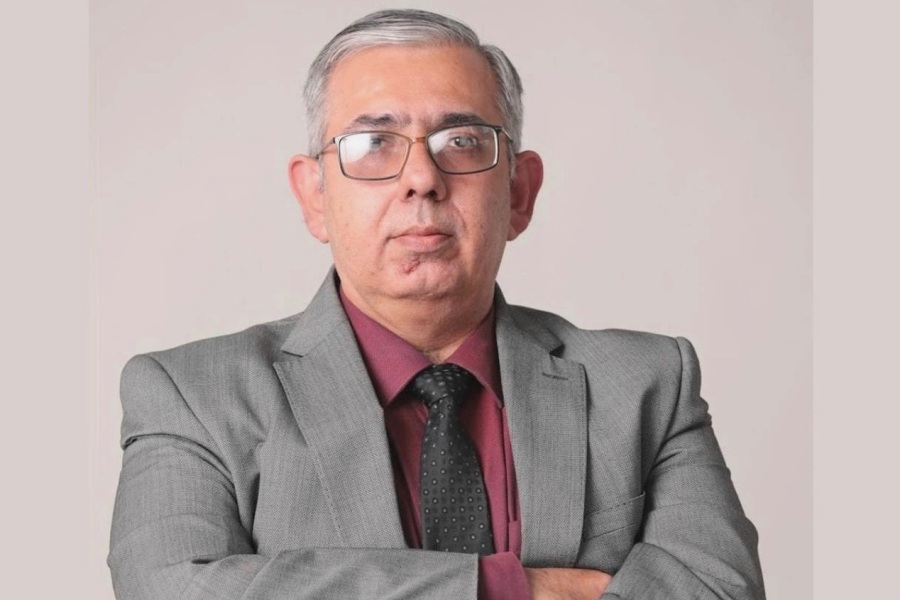
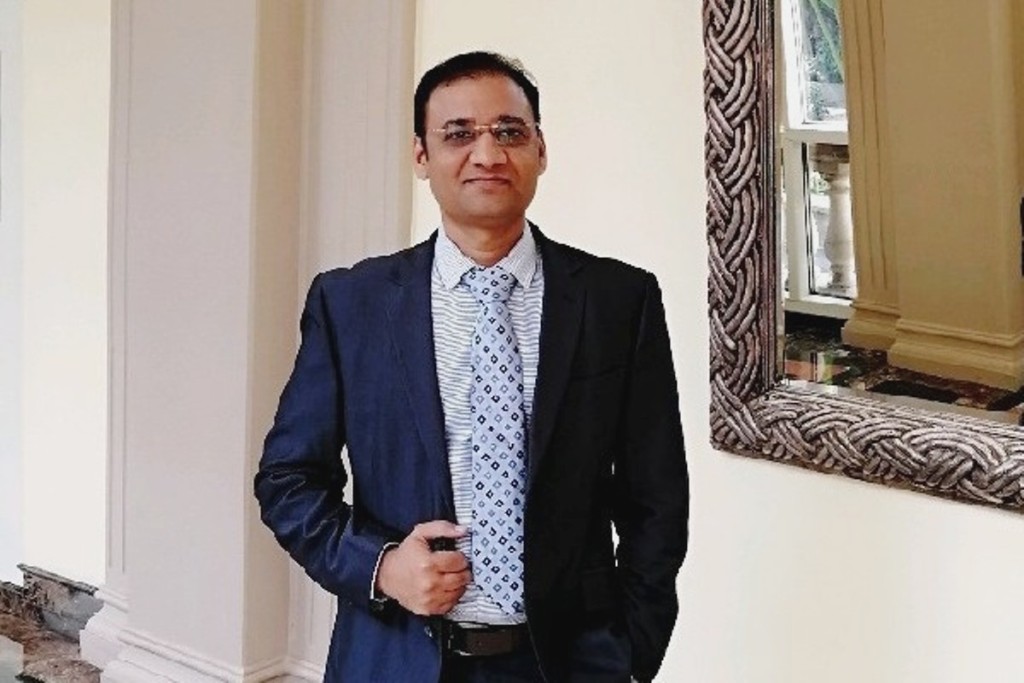
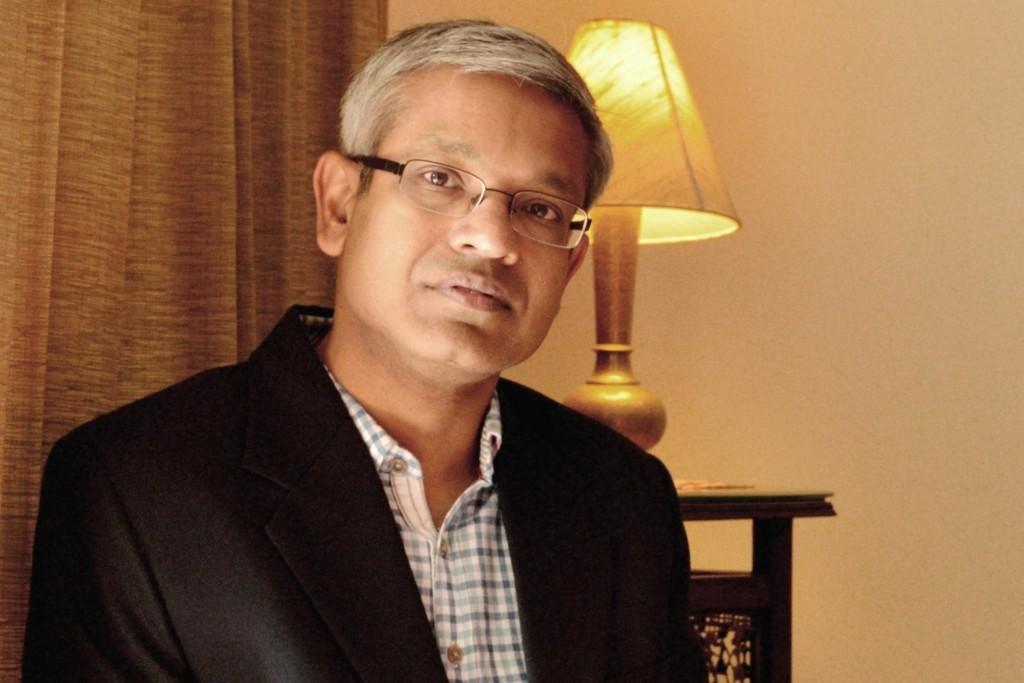
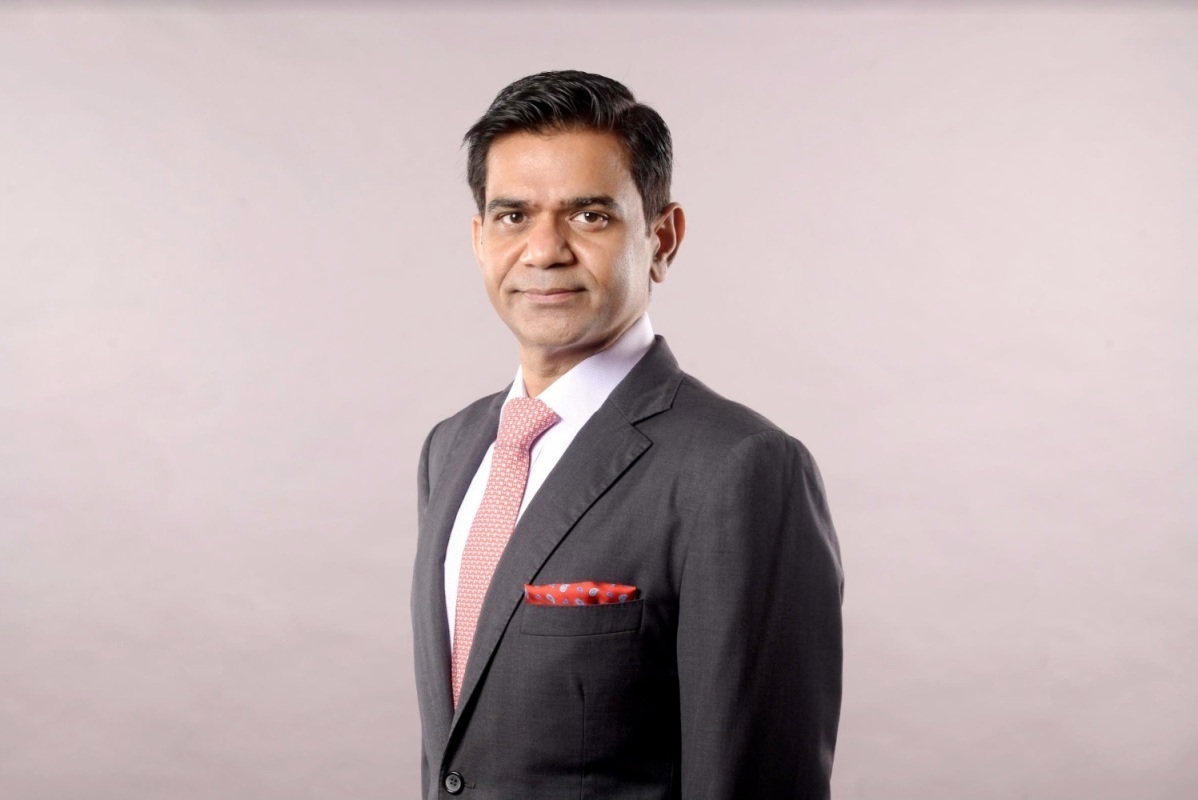

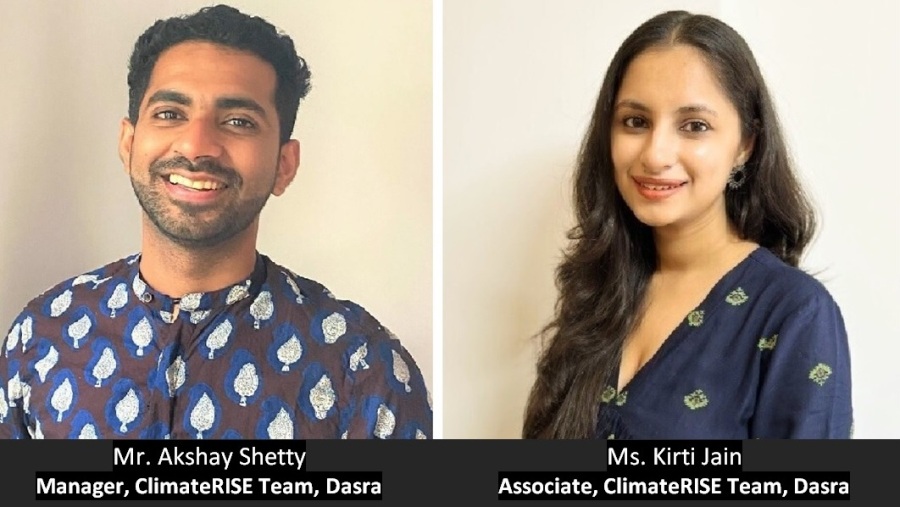

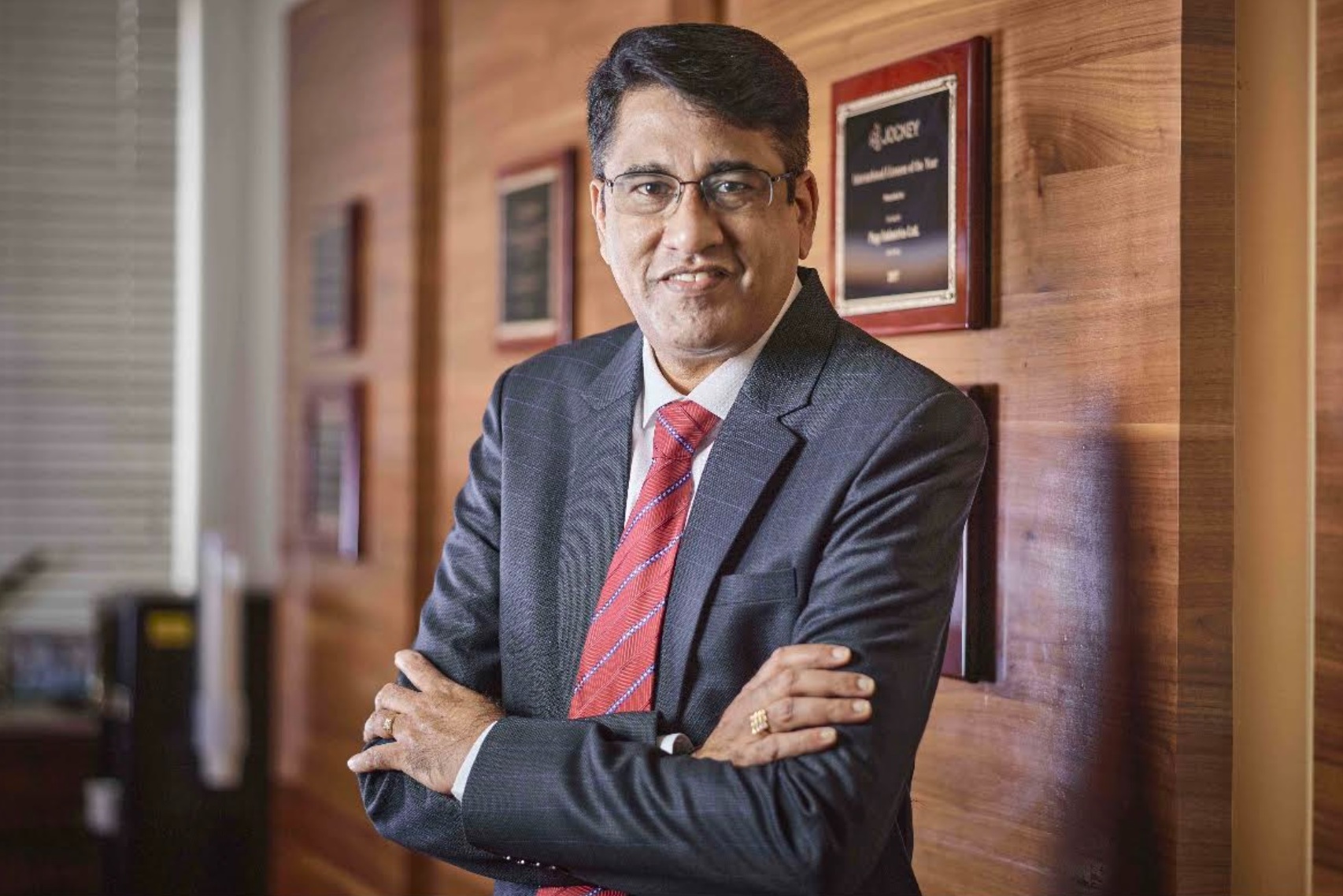
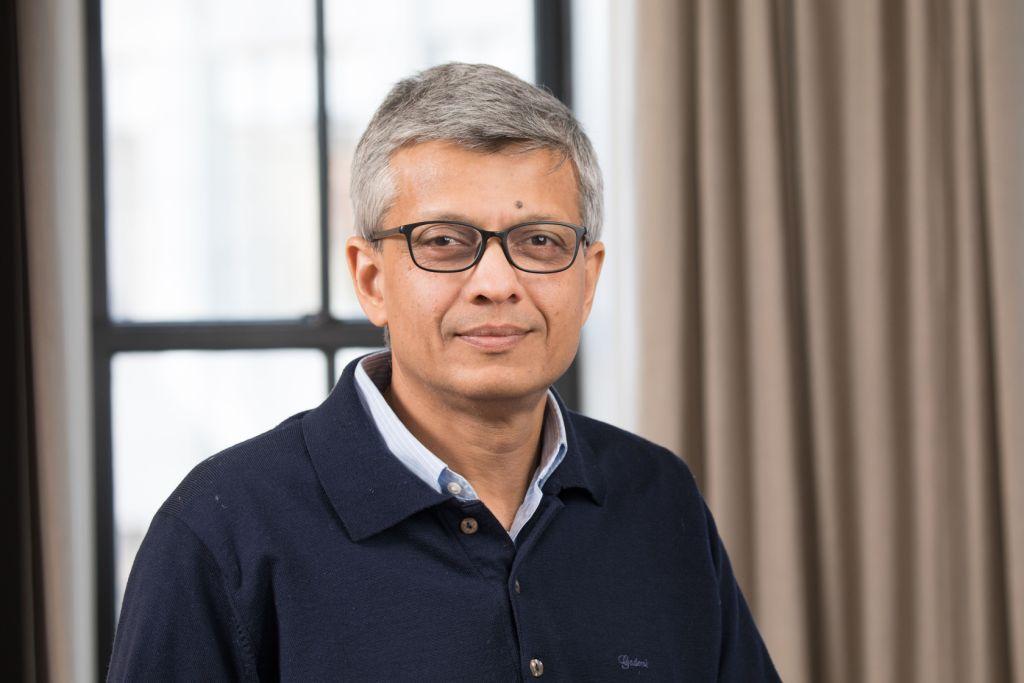
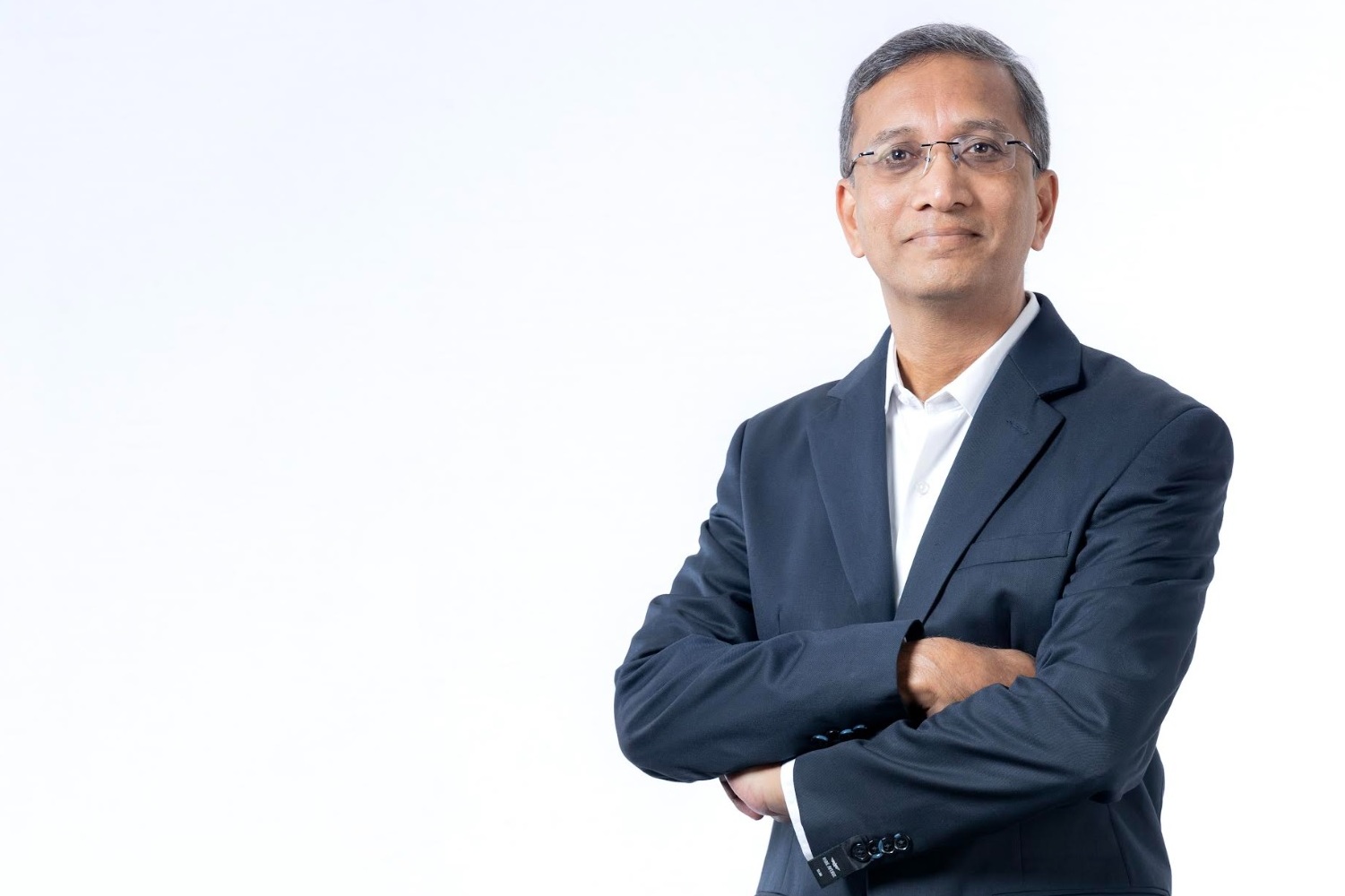
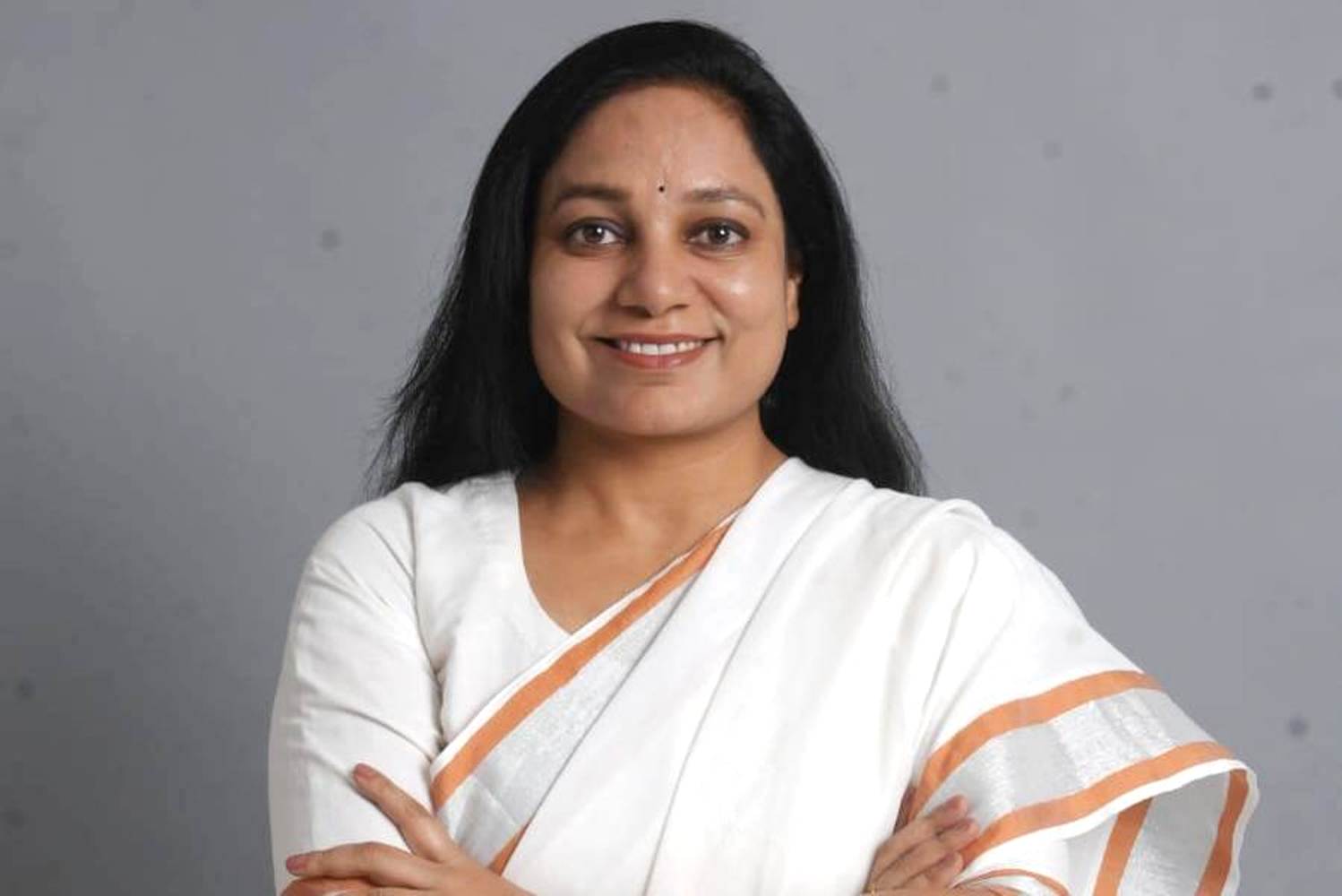

.jpg)




